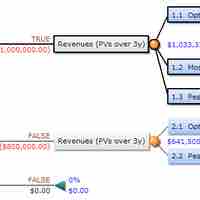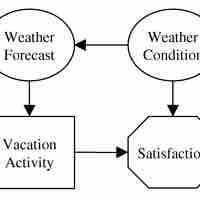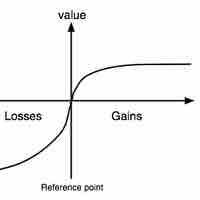Section 4
Decision Making Process
Book
Version 10
By Boundless
By Boundless
Boundless Management
Management
by Boundless
6 concepts
Identify and Define the Problem
Identifying, defining, and understanding a problem is essential to analyzing and choosing between alternatives.

Generate Alternatives
Identifying a range of potential choices is essential to any decision-making process.

Evaluate Alternatives
In order to eliminate bias in a decision, one can use tools such as influence diagrams and decision trees to evaluate alternatives.

Determine a Course
A good decision maker will always try to eliminate personal biases and understand his personal risk tolerance when determining a course.
Implement the Course
Implementing a decision requires the decision maker to make and execute a plan of action.
Evaluate the Results
Decision makers must evaluate the results of a decision to improve the processes and outcomes of future decisions.